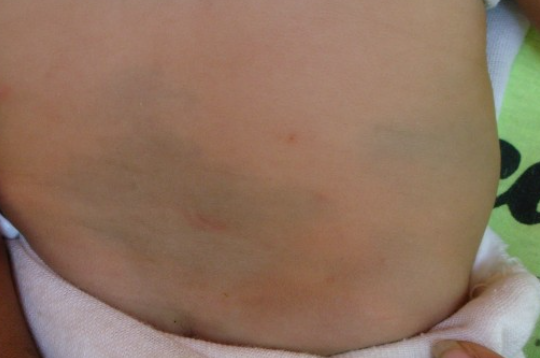Mongolian spot
Nevus of Ota
Nevus Ito
- Blue nevus
- Melasma
- Café-au-lait spot
- Speckled lentiginous nevus (Nevus spilus)
- Bruise
- Argyria
- Ochronosis
- Drug eruptions
- Lentigo maligna
Camouflaging with matte makeup reduces the cosmetic defect.
Various procedures such as cryotherapy, dermabrasion, and electrodessication have been used, but these treatments are often associated with hypopigmentation or scarring. Satisfactory results for Nevus of Ota have been achieved through sequential combined application of dry ice, superficial peeling, and argon laser. Excellent cosmetic results have been observed with laser therapy, especially ruby laser with pulse modulation. Alexandrite laser with pulse modulation is also considered a highly effective and safe tool for the treatment of Nevus of Ota.
Long-term follow-up is necessary due to the potential risk of melanoma development, especially in the case of nevi located around the eyes.




